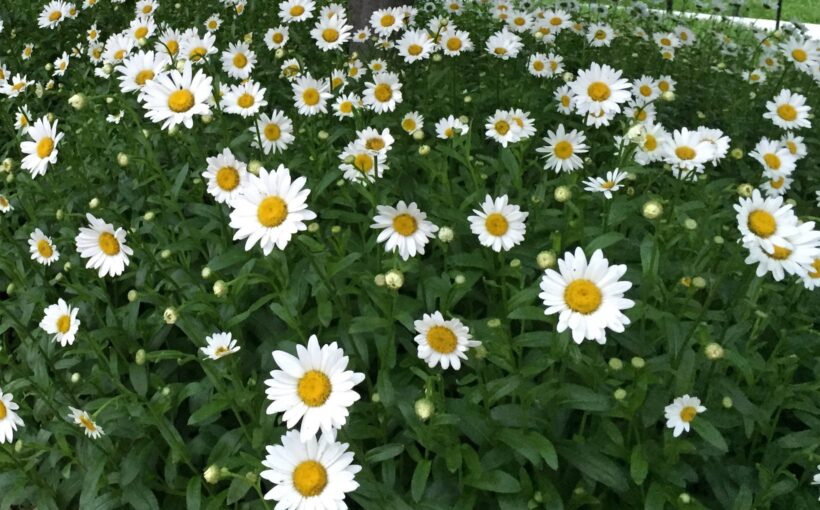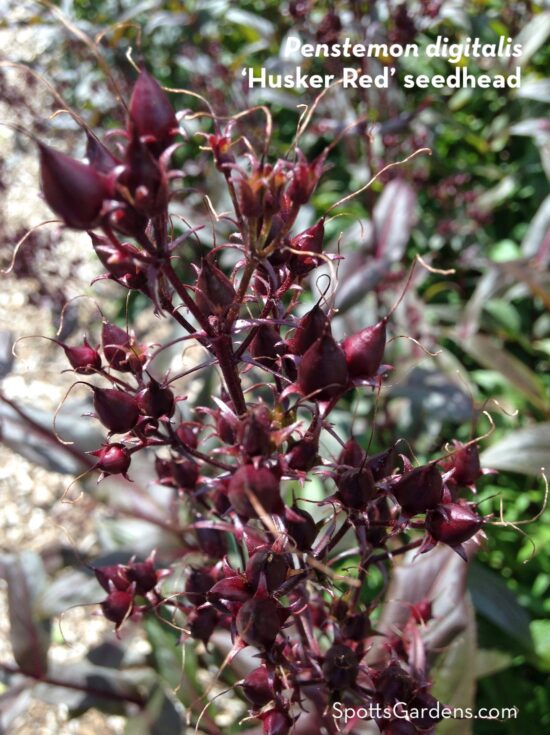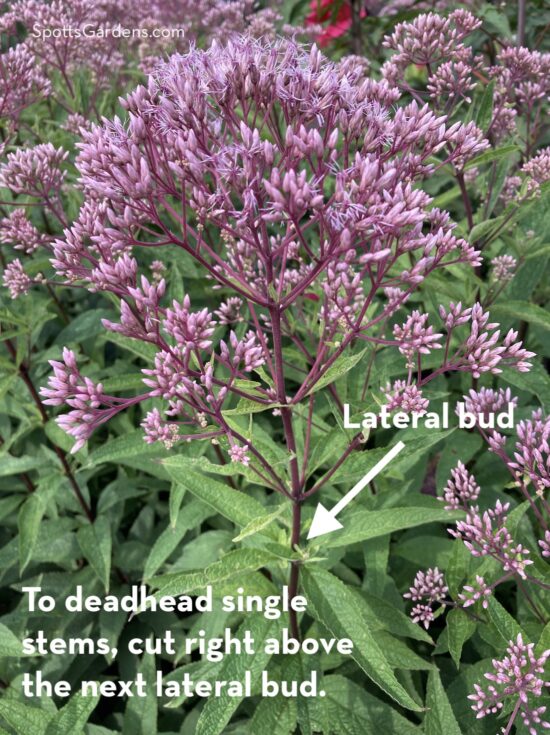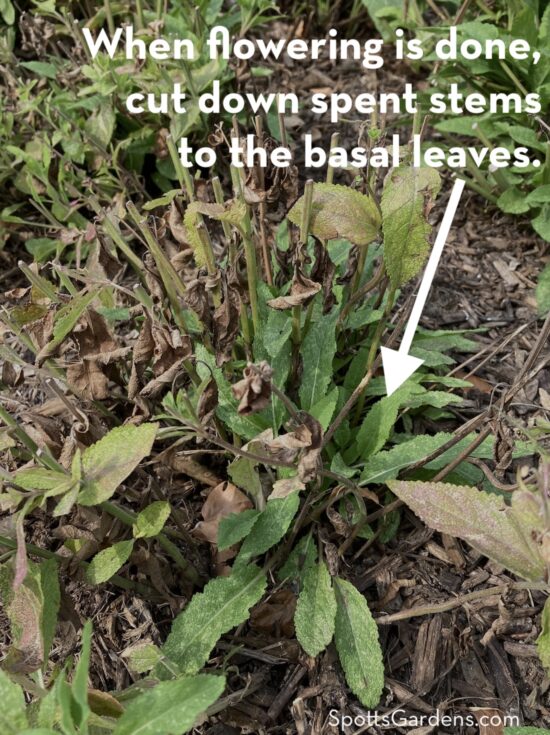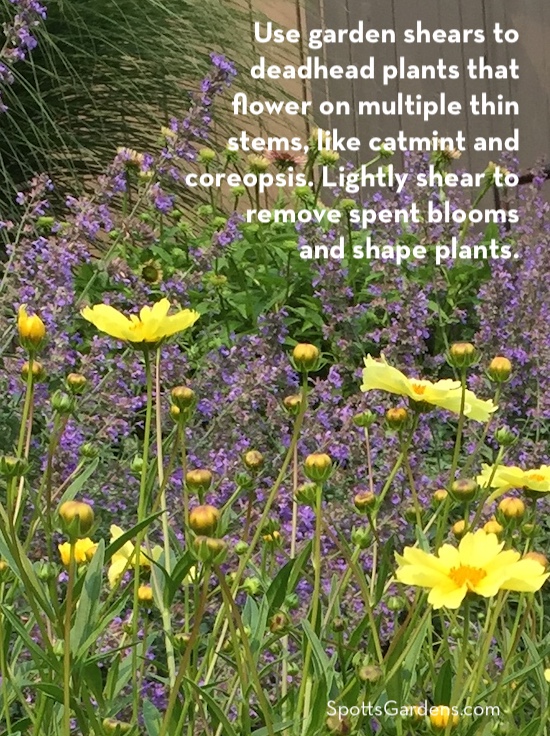The flowering season never seems to last long enough! But for many plants, you can extend that season by deadheading—removing spent flowers to encourage plants to rebloom.
Whether to deadhead is a strictly personal choice, depending on how much time you have to spend and how tidy you like your garden. Some gardeners are meticulous about deadheading. Others prefer to let seedheads develop on the plant, providing food for wildlife and lending a natural look to the garden.
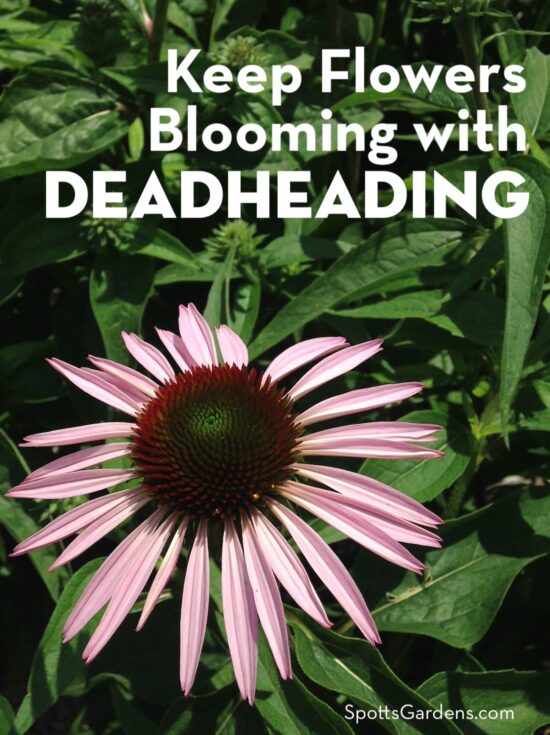
How Deadheading Works
As you may remember from high school biology, flowers are the sexual organs of plants. The flowers lure in pollinators, which transfer pollen from the male stamen to the female pistil of the flower.
Once pollinated, the flower loses its petals, and the plant puts its energy into developing seeds in the ovary. The plant has achieved its goal of reproducing, so it no longer needs to flower.
When you deadhead, you remove the fertilized ovary, preventing the seeds from forming. If it still has enough energy the frustrated plant puts out new flowers in a effort to set seed.
When to Deadhead Plants
- You want to prevent them from reseeding (e.g. milkweed)
- You want to extend their season of bloom (e.g. coneflowers, daisies, asters)
- You want to improve the overall appearance by removing dead flowers (e.g. lilac)
We primarily use deadheading on annual and perennial herbaceous plants—ones that die back to the ground each year. It’s also useful for a handful of shrubs that reflower, like butterfly bush some roses, and certain hydrangeas.
Not every plant will reflower when you deadhead. Some plants are one-and-done bloomers, including iris, peonies, and large bulbs like tulips and daffodils. In those cases, removing the stems still improves the way the plant looks and encourages it to put its energy into getting bigger and better for more flowering next year.
When Not to Deadhead Plants
- You want them to develop fruit. That includes shrubs like viburnum, elderberry (Sambuccus spp.), and chokeberries (Aronia spp.) as well as the more common fruits.
- You want them to develop seedheads (photo above), whether for floral arrangements, winter interest, or to feed wildlife.
- You want to save seeds or allow plants to self-sow. Either collect the seedheads or leave them on the plant to ripen and disperse on their own.
- You are growing ornamental grasses, which look best when they develop their characteristic seedheads. We leave grasses up through the winter and cut them down in spring.
We generally deadhead perennials to prolong bloom, but allow late-season flowers to develop seedheads to feed wildlife and provide winter interest.
How to Deadhead
Deadhead once the petals starts to droop or turn brown. Depending on the flower, you might remove blooms one at a time or with one whacking great cut of your shears.
Flowers on Single or Multiple Stems
For relatively large flowers with single or multiple thick stems, like daisies, coneflowers, bee balm, and Joe Pye weed (below), look down the stem to find the next bud. This is a lateral bud, and in many cases it looks like a little green bump, a star, or a cluster of new leaves. Use a pair of clean pruners to cut the stem off right above that bud.
If you can’t find a lateral bud, cut off the stem right above a leaf. Cutting the stem lower than the surrounding flowers makes it inconspicuous until it has a chance to form a flowering bud.
This method can encourage several waves of new blooms. When we get close to the end of the blooming season, we stop deadheading plants we want to set seed.
If your perennial flowers are done blooming and you don’t want them to reseed, cut back the stems all the way to the basal leaves. Many perennials put out this fresh rosette of leaves at the base of the plant about the same time as they start blooming.
In the salvia below, the old stems are brown and yellow, ready to be cut down to the fresh green basal leaves.
For Plants with Clusters of Small Flowers
To refresh plants that bloom on tiny stems, like catmint, coreopsis, or pincushion flower, use your shears to lightly shear all the stems back. Shearing removes a lot of dead blooms at once and encourages the plant to put out a new flush of growth. You can easily improve the shape of the plant this way too.
These plants can generally take a harder cutting back too. If they’re flopping or too large, shear them back by 1/3 to 2/3.
Refreshing Foliage
While, it’s not technically deadheading, cutting some plants back hard after blooming can encourage a fresh flush of growth in place of tattered foliage. This technique works especially well on daylilies. Once they have finished blooming, cut all the daylily stems and foliage back to a few inches about the ground. New, fresh foliage will emerge in short order.
Bloom On!
Interested in learning more about how to manipulate plant bloom? Our favorite resource is The Well-Tended Perennial Garden, by Tracy DiSabato-Aust. Or contact us for a garden coaching session! We’ll help you identify what’s in your garden and exactly how to take care of it.
